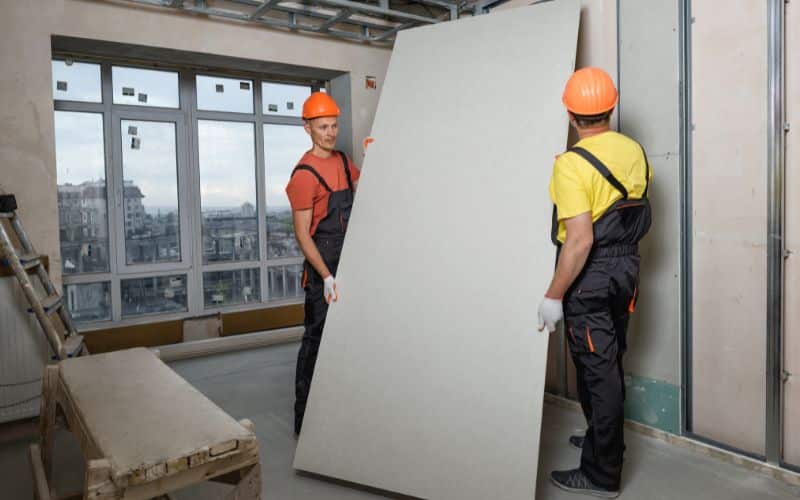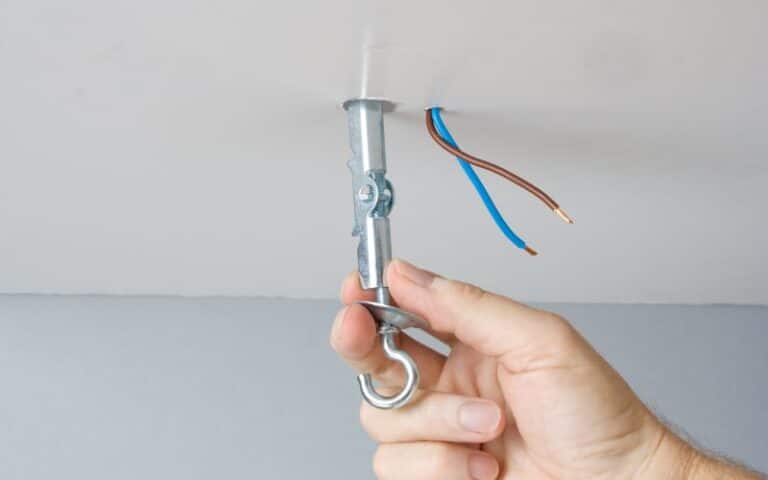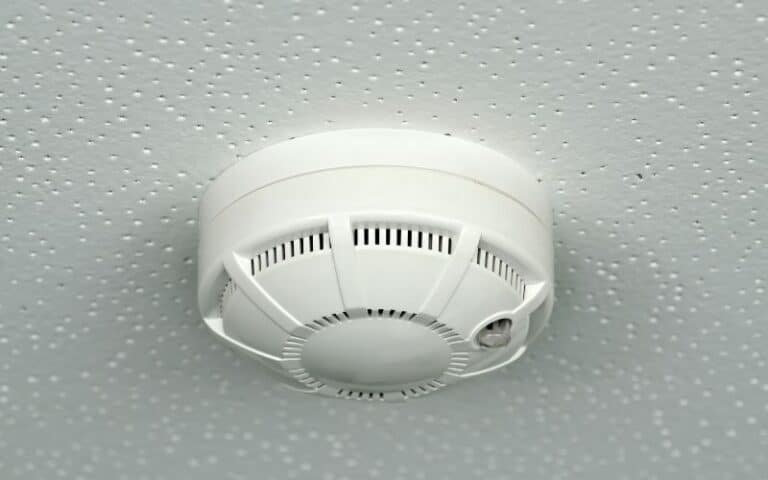Drywall has repeatedly proven to be a reliable building and repair material. It also serves as a durable fix for walls, ceilings, and shelves in buildings.
However, you might wonder if drywall’s durability can also be extended to cover windows you no longer need.
If you need help determining whether drywall can cover a window, you’ll get all the right answers here.
Drywall is one of the most reliable building materials you can use to cover a window in a home. You’d need to accurately measure the window’s height and width to know how much drywall you’ll require for the process. After that, you’ll need to carefully use a trowel to spread the drywall on the window you’re covering.
In this article, I’ll explain how to cover windows with drywall and if it’s expensive to cover a window with drywall.
By the end, you’ll learn how to close off a window with drywall and if drywall covers windows so that it can blend in with the walls.
Ready for a Drywall Quiz?
Can You Close Off a Window With Drywall?

You can close off a window in your home permanently by installing the right amount of drywall over it.
Drywall is an excellent option to cover your windows because it is durable and resistant to humidity, moisture, and fire.
However, you can also add some insulation between the window and the drywall layers to maintain the wall temperature.
Alternatively, some people tend to lean toward wood for closing off a window if they don’t think drywall is the right fit.
This makes it essential to weigh the advantages of closing off windows with drywall instead of wood to help you make the best choice.
For further understanding, below is a table showing the differences between using drywall or wood to close off a window;
| Covering Windows with Drywall | Covering Windows with Wood |
|---|---|
| Drywall is flexible and simple to work with. | Wood is not flexible, and it’s trickier to work with. |
| Drywall can stain easily without a protective sealant. | Wood doesn’t require a sealant or stain easily. |
| Drywall is cheaper and covers a wider area quickly. | Durable wood is expensive, and you’ll need a lot to cover a window. |
| Drywall contains gypsum, which makes it fire-resistant. | Wood is highly flammable, unlike drywall. |
| Drywall has water-repellant supplements. | Wood can absorb water, but it weakens it over time. |
| Drywall can get dusty easily. | Wood gets dusty, but it’s easier to clean. |
| The drywall needs to be laid perfectly to avoid bumps. | Wood can easily cover up imperfections. |
| The drywall doesn’t decay quickly. | Low-quality or cheap wood decays easily. |
How To Cover Windows with Drywall?
Drywall is arguably the most durable and competent building material that can cover up windows permanently in your home or workplace.
You can cover your window with drywall when you know the accurate width and depth of the window in question.
You’ll need to use the window’s dimensions to ascertain the drywall required to cover it.
However, you’ll have to cover the window with a fitting wooden board and remove all the debris and irregularities before applying drywall.
You must also take safety measures during the procedure by wearing a dust mask, thick rubber gloves, and eyewear if necessary.
If you need a more detailed approach to how to cover a window with drywall, below are step-by-step instructions to guide you further;
#1. Clean Out the Window’s Trim and Sill
The first thing you’d need to do when closing a window with drywall is ensure that the window sill is leveled with the wall.
You can achieve this by removing the trim around the window sill and differentiating it from the wall.
To get rid of the window trim, you’ll need a utility knife to break it apart and thoroughly uproot its connection to the window sill.
The window trim holds the sill together, so you’d need to sever it from the still before you can remove the sill as well.
While you get rid of the trim, ensure that you scrape off any dried paint or caulk set in so they don’t instruct the drywall application.
After you’ve gotten rid of the trim, you’ll have easier access to the window sill when removing it.
You can remove the window sill using a hammer and a utility knife to completely break it off the wall.
However, if you’re not a building professional, using a pry bar to break off the window sill and trim is much easier.
#2. Sand the Wall and Measure the Window’s Dimensions
There might still be some irregularities on the wall after you’ve removed the window sill and trim, so you can smoothen the wall by sanding it.
Next, you’ll need to accurately measure the window cavity and cut out a wooden board that covers the window frame.
You’ll need to ensure that the wooden framework matches the measurements of the cavity such that it can fit around the cavity’s insides.
However, if you’re unfamiliar with wood cutting, you can carefully use a jigsaw or table saw to cut it.
#3. Attach the Wooden Frame to the Window
Thirdly, you must attach the wooden frame you cut out to the window to guide the drywall application.
You can attach the wooden frame by placing it firmly against every side of the window and securing it with nails or screws.
You should also watch your hands during this process and clean out excess wooden particles when you’re done.
#4. Apply Drywall to Cover the Entire Window
Lastly, you must measure the drywall needed for your window before you begin the application process.
The required drywall to close your window can be measured using the window cavity and frame dimensions.
When you’ve got an accurate measurement, apply some joint compound to a board that can cover the entire window.
You’ll also need to stick the board to the window frame before you apply drywall to cover the board entirely.
Then, you can use screws to secure the drywall to the window frame before sanding it to level it with the walls.
Is it Expensive to Close off a Window with a Drywall?
Drywall is cheaper to install when covering a window than wood or any other building material because a little goes a long way.
However, the pricing might vary from person to person depending on factors such as window measurements, thickness, finishing, and labor costs.
Knowing the average cost per square foot, you can ascertain the drywall cost for your window’s measurement.
Drywall installations per square foot cost between $1.50 to $3, depending on the type of drywall you purchase.
If hiring a building professional, you might also spend between $50 to $100 per hour on labor costs.
Fortunately, you only need a little expertise to cover your window with drywall if you’ve had prior experience.
Does Drywall Cover Windows Perfectly Like Part of a Wall?
You can cover your windows perfectly with drywall, and it’ll look like part of the wall, but you’d need to paint it.
Interestingly, when applied with the proper skills, drywall can look as flat and smooth as the rest of your walls.
You’ll need to paint the drywall or place wallpaper over it after you’ve sanded the final layer of drywall on the window.
However, apply plenty of primer over the drywall before painting it for the best results.






